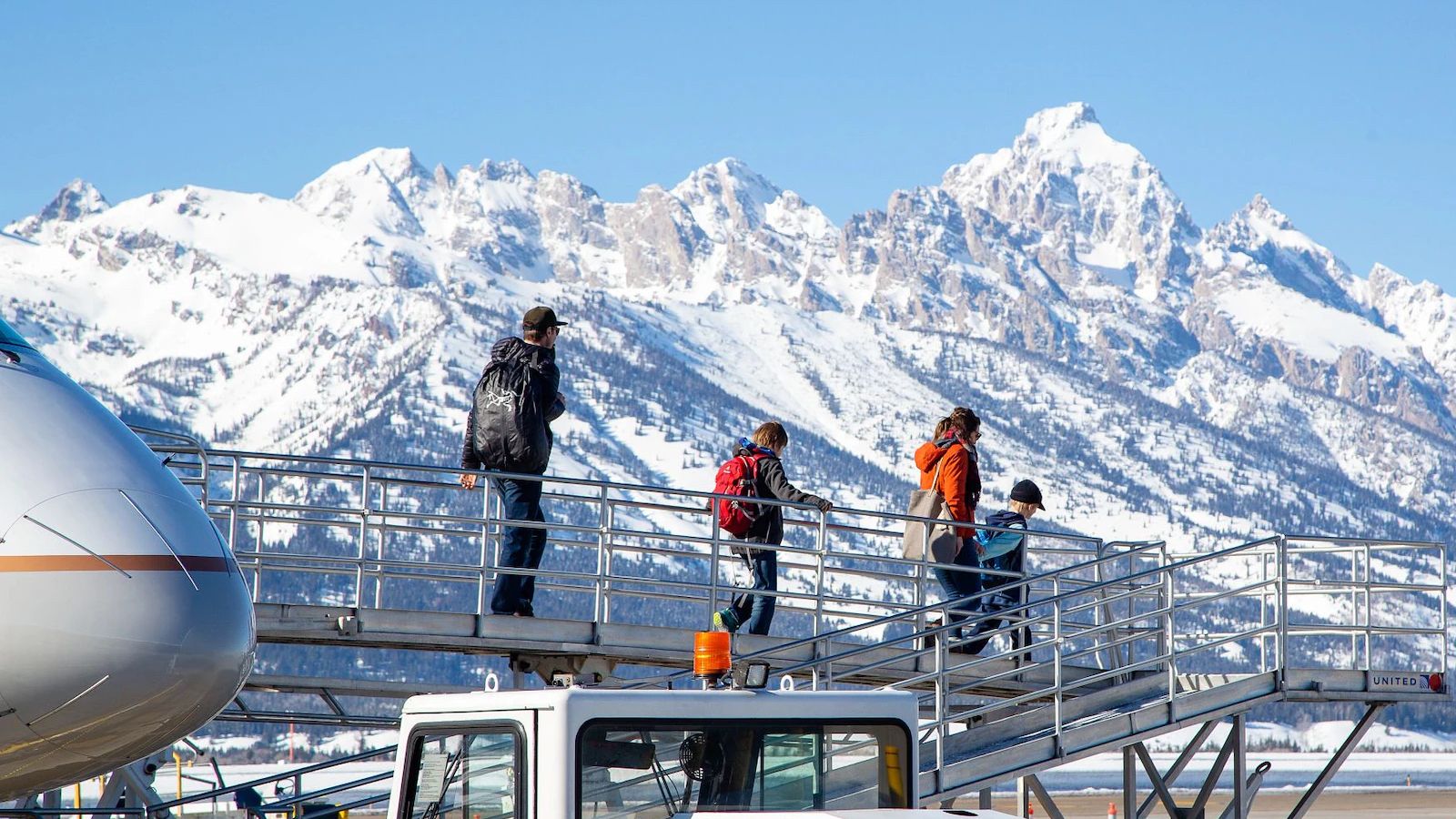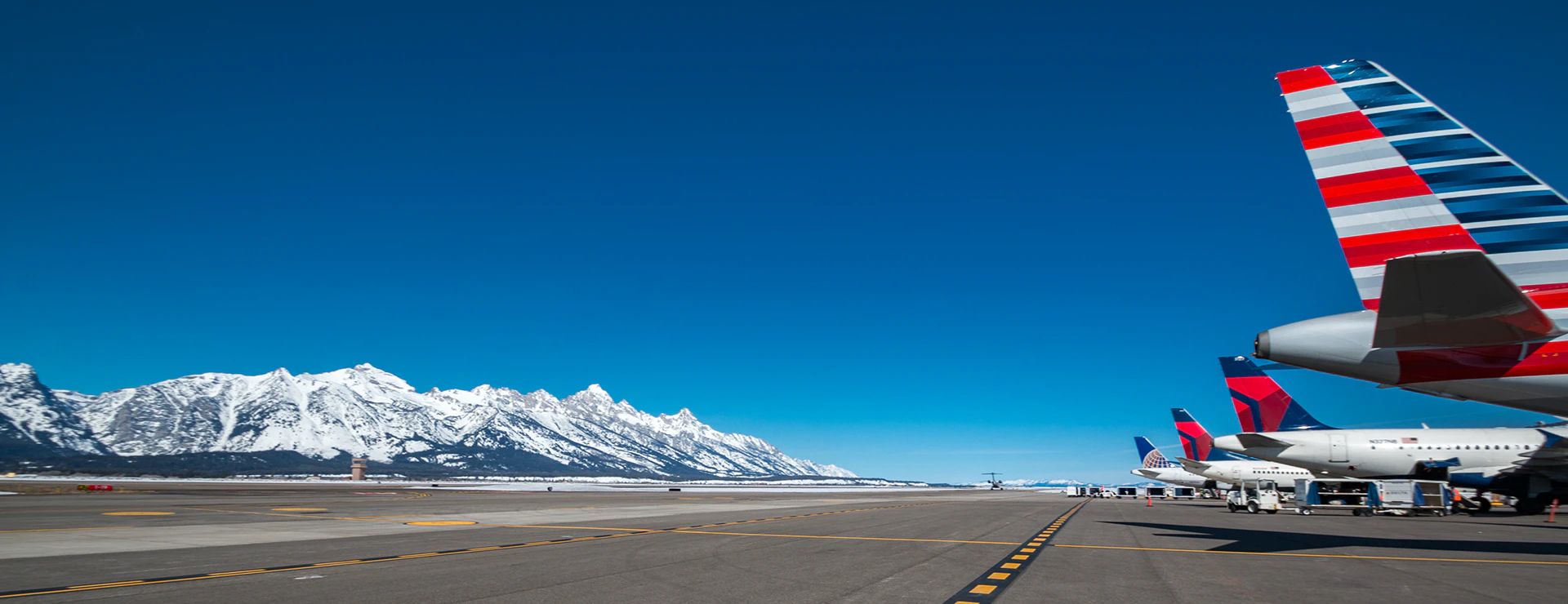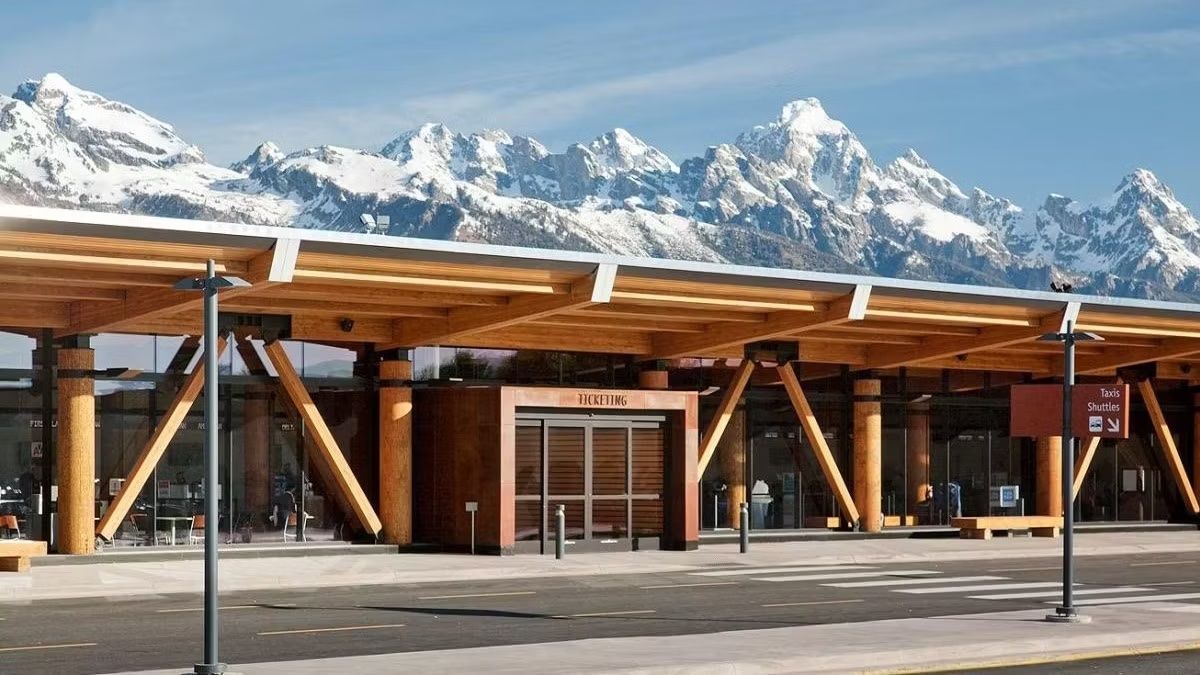Located at the foot of the Teton Mountains in Northwest Wyoming, Jackson Hole International Airport (JAC) stands out as one of the nation’s most unique. The airport provides the most straightforward entry point for ski resorts in the Tetons (primarily Jackson Hole Mountain Resort) and serves as a gateway to Grand Teton National Park and Yellowstone National Park.
While the airport’s services are relatively unremarkable, you might not be aware of some other facts about the airport. In this article, let’s take a deeper look at JAC and what makes it stand out from most other airports in the Mountain West region.
The basics
For starters, Jackson Hole is the busiest airport in the US state of Wyoming and sees roughly 880,000 annual passengers. Furthermore, the airport is among the few in the region that does not have all air service subsidized by the federal Essential Air Service Program.
Photo: Jackson Hole Mountain Resort
This is likely not surprising, as the facility provides an easy connection to one of the world’s most highly regarded ski resorts. While most of Wyoming’s airports see federally subsidized regional aircraft, Jackson Hole sees private and corporate jets on a daily basis.
On the commercial side, Jackson Hole sees scheduled passenger service from four airlines year-round, with seasonal service also offered by Sun Country Airlines. Year-round, American Airlines flies to its Dallas/Fort Worth (DFW) hub, and Alaska Airlines flies to its hub in Seattle (SEA). Likewise, Delta Air Lines flies to its hub in Salt Lake City (SLC), and United Airlines flies to its Denver International Airport (DEN).
Photo: Jackson Hole Mountain Resort
A variety of seasonal services are offered by all the aforementioned carriers, including Sun Country Airlines’ winter service to Minneapolis-Saint Paul International Airport (MSP). In total, during the peak winter ski season, 12 different airports are served with direct flights to Jackson.
What you might not have known
Of the 5,200 public airports in the entire US, Jackson Hole International Airport (JAC) is the only one to be located within a national park, as it sits inside the boundaries of Grand Teton National Park. While this may not seem noteworthy, considering that roughly 3.5% of all US land is owned by the National Park Service, this statistic becomes even more significant. Provincetown Municipal Airport (PVC) is located on land leased from the National Park Service but is not itself located on land that is part of a National Park.
Photo: Jackson Hole International Airport
While the airport may seem in a relatively isolated area, the pristine nature of the wilderness surrounding the facility does impose some severe noise restrictions. Furthermore, the airport facilities themselves are part of the natural environment as well, with JAC serving as a common mating location for the region’s rare sage grouse.
An Overview of Commercial Aviation in Wyoming
As such an important location for conservation, it’s somewhat surprising that the National Park Service even permitted an airfield in the area in the first place. Even once approved for construction, the service has continued to oppose expansion throughout the years and continues to play a major role in limiting the airport’s operations today.




